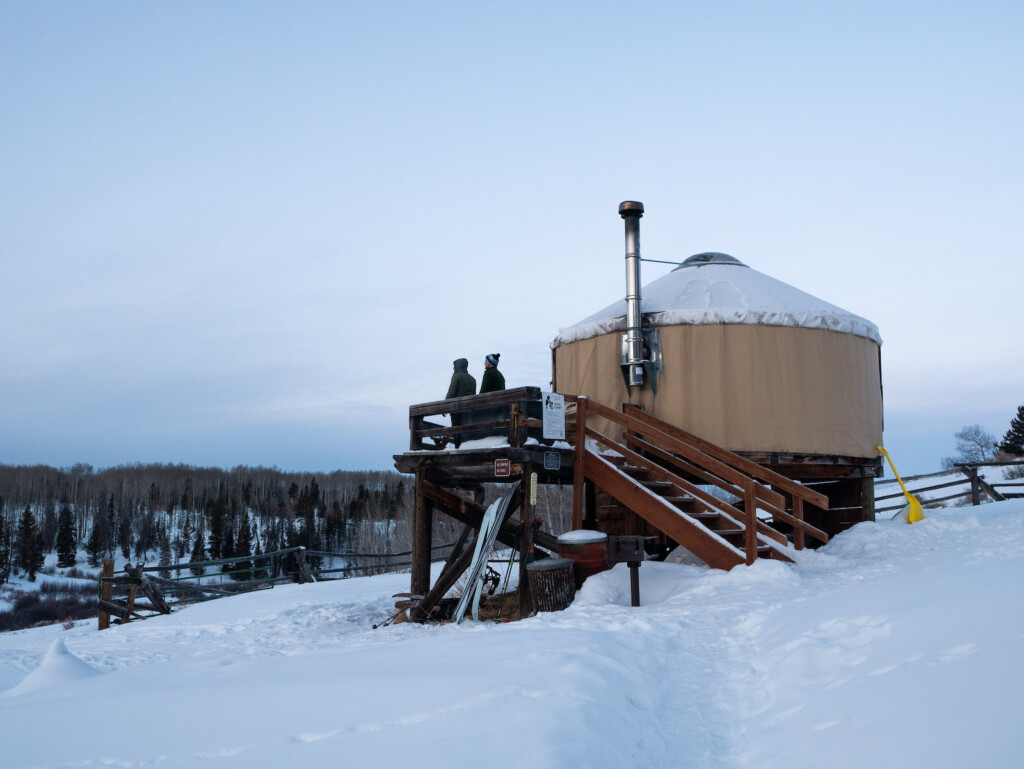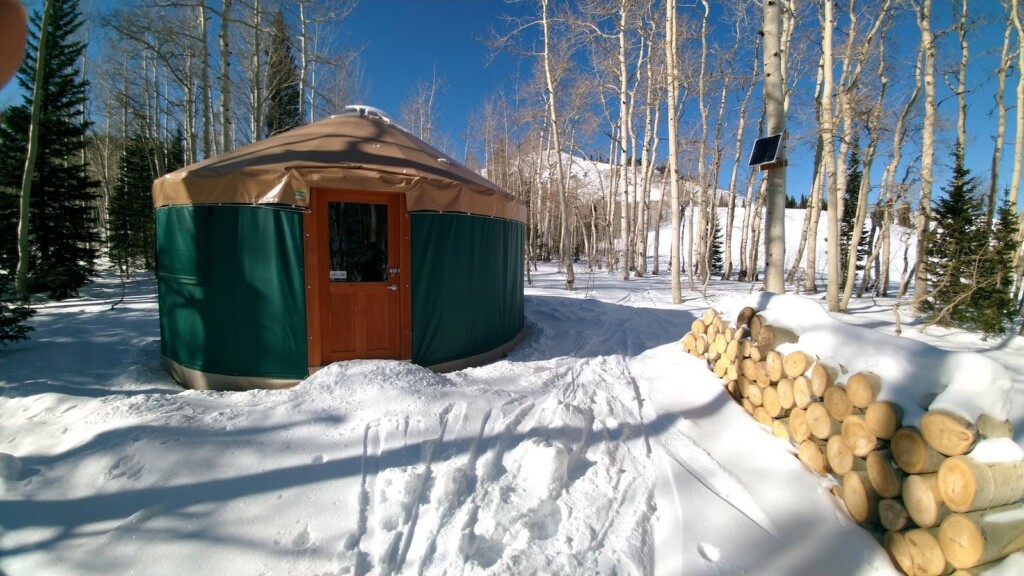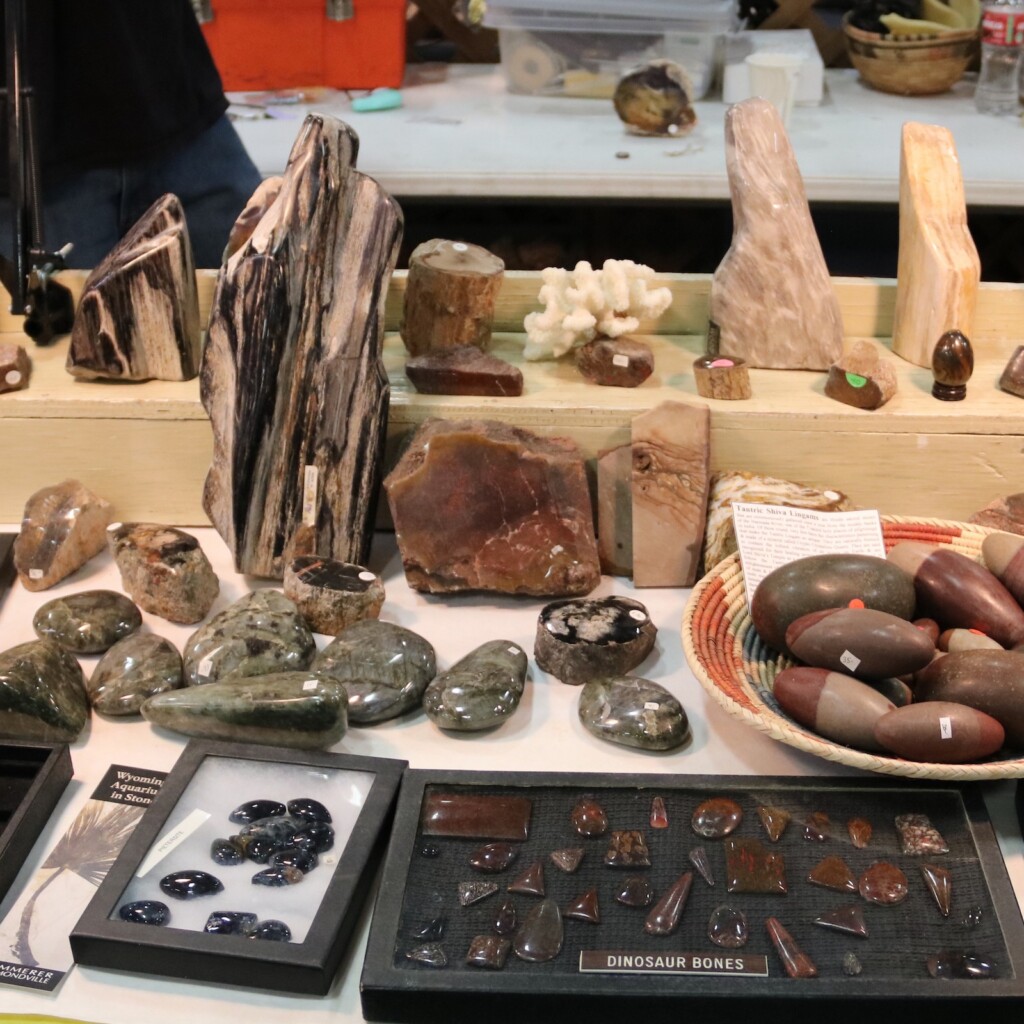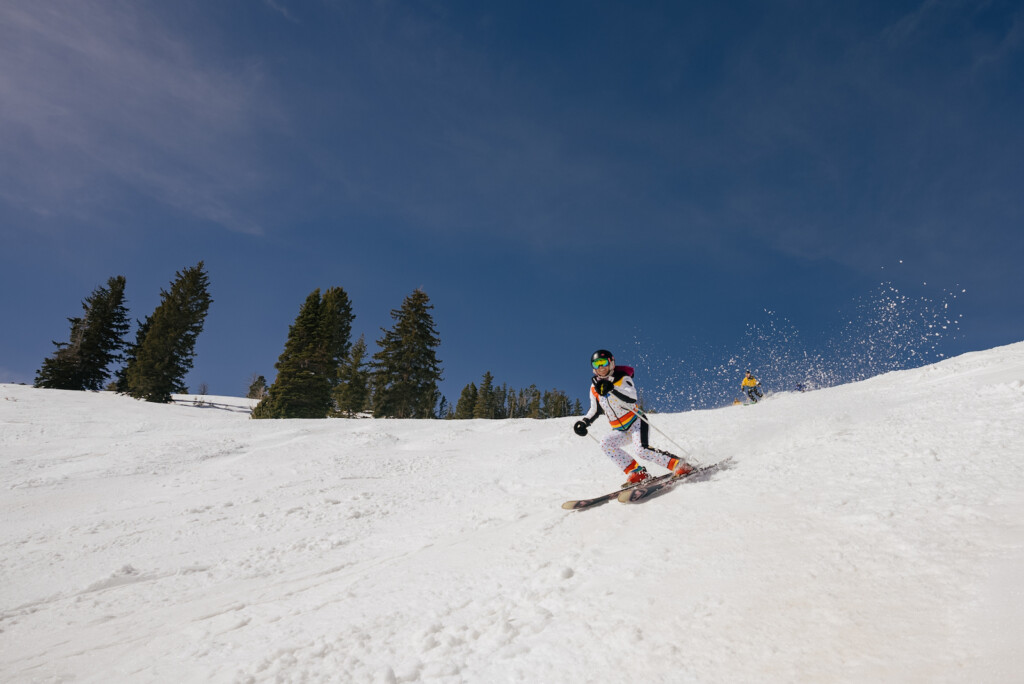As Utah’s population continues to grow, there’s a sense that some of the state’s coolest outdoor spots ought to be kept secret. When it comes to natural rock formations or hidden fishing holes, secrecy probably is the best policy. When it comes to ski huts, however, growing popularity would help improve and develop these resources.
“It’s a passion project of mine to work towards more hut systems in Utah,” says Shaun Deutshander, founder, owner, and guide at Inspired Summit in Park City. She notes that while Utah only has a handful of ski huts, Colorado has 79. “The only way we’ll get more huts is if the public is using them.”
Currently, Utah has about 20 winter-use huts in high-elevation areas throughout the state. They’re owned by a variety of groups including parks and rec, clubs like YMCA and TUNA, and Utah State University. Others are bases for privately owned ski touring businesses. Overall, the huts are available for broad use: backcountry ski, split board, and snowshoe touring; snowmobiling and tubing; and summertime biking. Adventures can be guided or unguided; fully provisioned or bring-your-own. And while hut styles can run the gamut, those in Utah are typically yurts — circular canvas tents stretched over a wooden lattice framework.

Finding all the west’s huts was a thrill for Sean Quinn, co-founder of Hut Tripper .com, an online hub that helps adventurers find huts and plan trips. Quinn and business partner Loren Baker have included all of Utah’s hut information, comprising distance from an access road, elevation, average snowfall, hut capacity, amenities, and whether dogs and snowmobiles are allowed. A topo map and links for booking are also provided.
Quinn discovered the world of backcountry skiing as an undergrad at U.C. Boulder. “I was in the mecca of backcountry ski huts,” he says, but as he and friends started planning multi-day trips, they discovered there wasn’t a good resource for finding huts, especially those in Utah. They got on Google Earth and started searching drainages. “We’d find a hut system, and then document it so we could get stoked for future trips. That’s where Hut Tripper was born,” he says. The site has now logged about 160 huts across eight western states.
“In the world of ski touring, that can be a little dicey, not wanting to blow up a spot and make it more popular than it is, but frankly these are operating businesses that want to provide a service,” Quinn says.
Inspired Summit is one of these businesses. Deutshander’s company bought the Castle Peak yurt in the Uintahs in 2021, dismantled the original yurt body, and gave it to a Park City local who erected it on his own property. Then they built a new, 34-foot yurt on the spot and began to offer both self-guided and guided expeditions, supported with home-cooked food and supplies.
Guests who choose Inspired Summit’s guided option are accompanied by ski and snowboarding experts who stay with them at the yurt. They can instruct in anything from ski or snowboard skills to geology and ecology. At night, they mix drinks and do the cooking — sometimes it’s scratch pizza made in the yurt’s woodturning stove. There’s even a sauna.
“My passion is backcountry skiing,” Deutshander says, “so the yurt in the winter months has fantastic opportunities for that.” She notes that the yurt is in gentler terrain which also makes it nice for self-guided groups. “You’re not staring at avalanche terrain right out the door.”
On the other end of the spectrum are expeditions with Powder Ridge Ski Touring. Alex Anderson and wife Sara Goeking got into the business after their own hut-to-hut adventure. “We liked it so much, when some friends were selling the business in 2011, we did our best to show we could be good yurt operators.”
Powder Ridge offers three yurts, accessed through Logan Canyon. These are fully provisioned, but guests must have strong navigation skills for getting themselves to the yurts, which are well into the backcountry in non-motorized areas. Once there, guests explore on their own and do their own cooking. Nevertheless, the huts are quite popular. “We’re running at 95% occupancy this season,” Anderson says.
Maintenance of huts is a major part of the job. Powder Ridge has replaced two yurts in the past five years, contracting with a helicopter to haul 5,000 pounds of building materials into a roadless area. Once new structures are up, they last about 40 years, even in Utah’s direct sunlight and heavy snows. Yearly maintenance includes preventing tree fall, maintaining toilets, and stocking firewood and propane.
To support owner/operators in hut maintenance, HutTripper encourages users to note that there’s something that needs fixing, a light bulb that’s out, or sketchy-looking tree near the hut. “We’re really excited for people to submit images, conditions of the hut, what you did around the hut,” Quinn says. “Our biggest focus is how can we start more conversation about the culture of ski touring?”
Like most backcountry adventurers, Quinn wants more. “You can’t really prepare yourself for how fun it’s gonna be,” he says. “But if you have the right group and the right plans in place, it’s one of my favorite things in the world.”
Feature Image: Ski hut courtesy of Powder Ridge Ski Touring.






